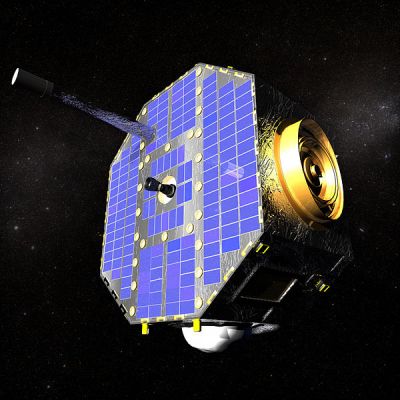
Navigating a spacecraft is one of the greatest challenges that engineers face while designing new missions to distant planets, their moons and even asteroids. Once the spacecraft is in flight, a new all-in-one navigation system promises to reliably guide it through the solar system to its target.
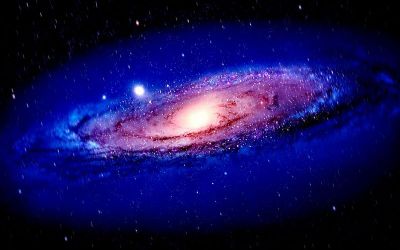
Galaxies provide a window on the past and future of the cosmos yet their formation is a major unsolved problem. EU-funded scientists have used world-class empirical data to place an important missing piece in the puzzle.

An EU-funded project reviewed alternative models to dark energy without the need to invoke a cosmological constant. Showing that dark energy is a dynamical contribution should dramatically increase our knowledge of the Universe.
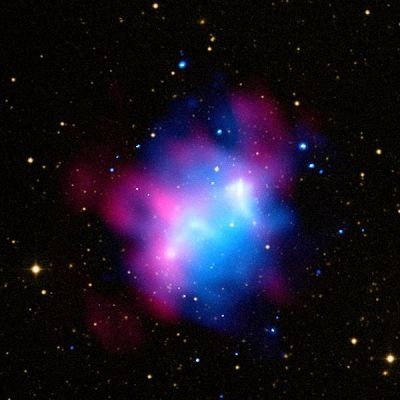
Collisions between massive galaxy clusters are helping European scientists to explain two of the greatest mysteries in our Universe, dark matter and dark energy.

An EU-funded initiative is training young researchers in astrodynamics — the science behind launching and flying a spacecraft.

2014 was quite a year for Europe in space. Not only did Rosetta become the first mission in history to rendezvous with a comet, the European Space Agency (ESA) also launched two new Galileo satellites as well as the Sentinel-1 satellite.

The futuristic movies of the past painted 2015 and beyond as a time of flying cars, hovercrafts and alien contact. While we may not be zooming down sky highways just yet, discovering life beyond Earth may not be outside our reach in the coming years. In fact, 2015 had barely begun when scientists at the Harvard-Smithsonian Center for Astrophysics announced that they had discovered what they believe to be the most Earth-like planet ever found outside the solar system.
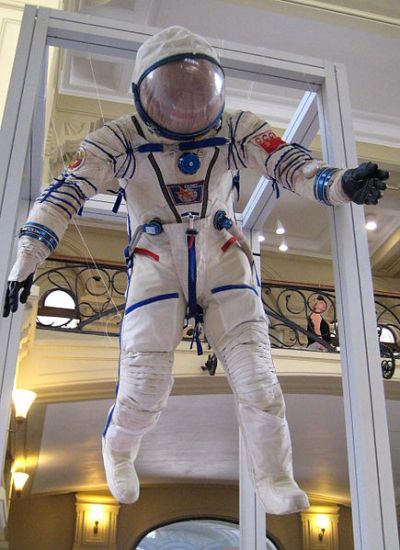
Archaeologist Cameron Smith took to the stage at TEDx Brussels 2014 to describe his contribution towards the mission to colonise space.
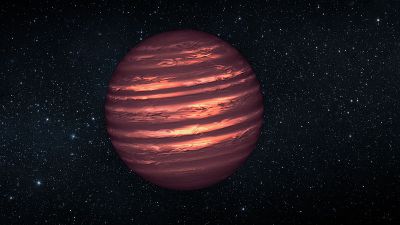
Star gazing has been a human fascination since we first looked up into the night sky. Astronomy has progressed hugely since those first glimpses and our studies of the Universe are beginning to provide answers to some of humankind’s most fundamental questions. Never before in our history have we understood so much about the birth of our Universe and the formation and evolution of galaxies.
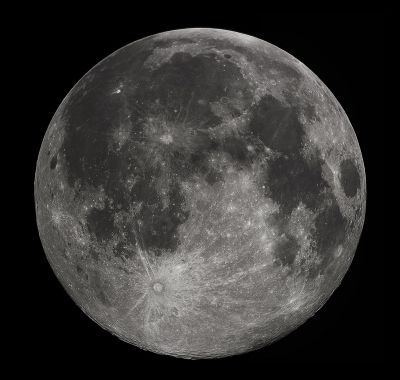
Did you catch the bright milky moon lighting up the sky earlier this week? This wasn’t just a beautiful harvest moon, it was actually a super harvest moon!
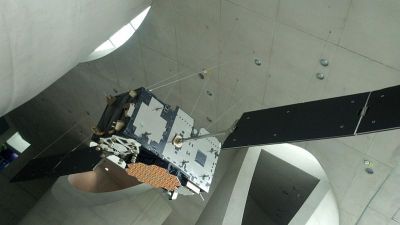
The launch of two European Space Agency (ESA) Galileo satellites, which took place on 22 August from French Guiana, marks the start of a new phase in Europe’s own satellite navigation programme.
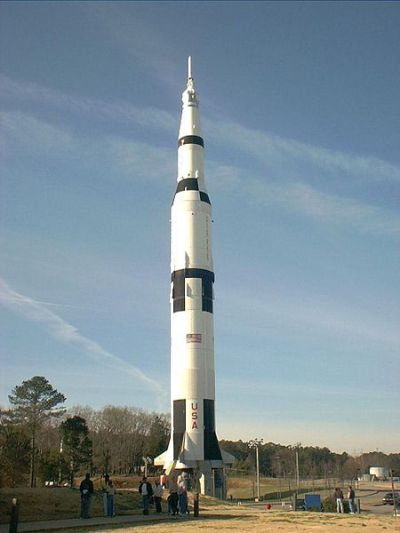
The European Science Foundation (ESF) has released a new report on 'technological breakthroughs for scientific progress'. While the sector is known to be a key driver of society-benefiting innovation, both ESF and the European Space Agency are banking on part of its future lying in non-space technologies.

Did you happen to hear a very big bang around 7pm on Thursday 19 June? Well, that was the top of a mountain in Chile being blown clean off to make way for the world's largest telescope - the aptly-named European Extremely Large Telescope (E-ELT).
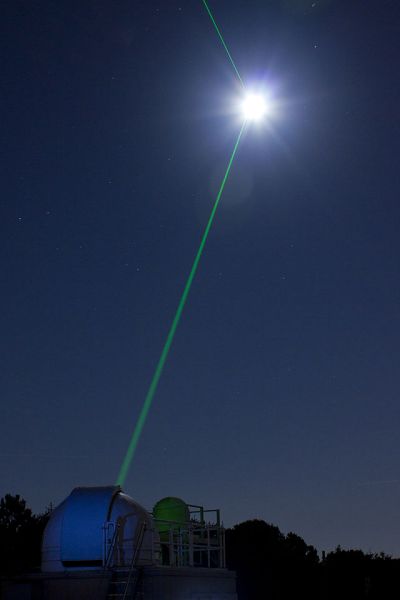
Remember how Imperial destroyers smashed asteroids in 'The Empire Strikes backs'? You can almost consider that old fashioned. Thanks to the CLEANSPACE project, space debris as small as 1 cm could soon be tracked down by Earth-based lasers.
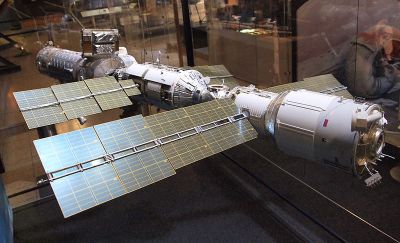
We may not be aware of it but space systems and space-based technologies are a critical part of our daily lives. From telecommunications to television, weather forecasting to global financial systems, most of the key services that we all take for granted in the modern world depend on space in order to function properly.
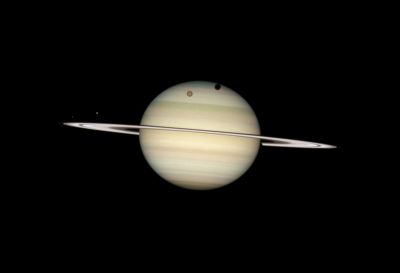
An encounter with ET may be far closer than we think. Scientists have revealed that Enceladus, a moon of Saturn, could be home to a large body of water, meaning we may be near to finding extraterrestrial life in our solar system.
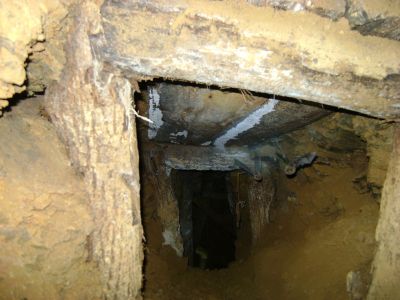
Assessing the habitability of Mars and detecting life, if it ever existed, depends on knowing the environment. A potash mine in the North East of England offers an environment similar to that on the surface of Mars and could provide a test bed for technologies for use in the search for life on the Red Planet.
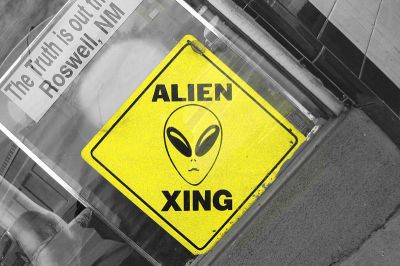
Are we alone in the universe? It's a question that has always fired the human imagination. The more we learn, the more unlikely it seems that Earth is a lone miracle inhabiting life amid galaxies of lifeless planets. Many eminent scientists are positive that it is just a matter of time before we find other life in the universe . But exactly how we'll encounter our inter-galactic neighbours, and whether they'll be just a few cells or full-blown ET lookalikes, they are less sure.
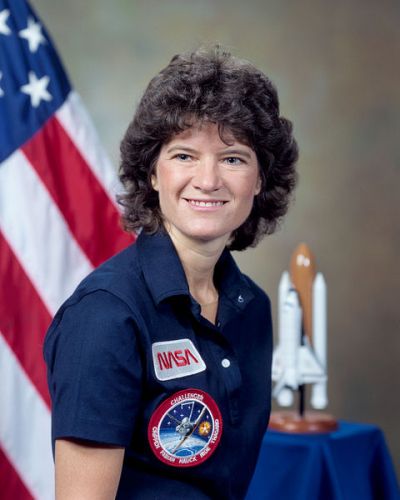
Why are there more men than women in space? The answer might not be as straightforward as you first think. According to physiological models used by NASA, female astronauts have a lower threshold for space radiation than their male counterparts, meaning opportunities for space exploration are more limited for them.

It's dark and late. You're speeding through the streets of a downtown metropolis. You're being chased and the pursuers are quickly gaining ground. With a knowing smile, you simply press the 'launch' button of your jet car and take off into the night sky. The grounded villains are left staring into the air at your jet steam... It may sound like a typical superhero scenario but the reality (minus the drama!) could be a lot closer than you think.



















